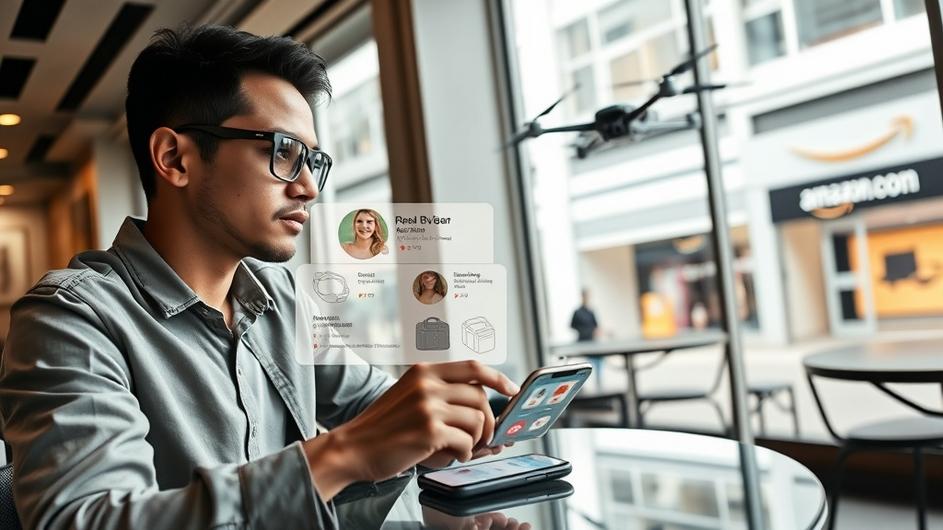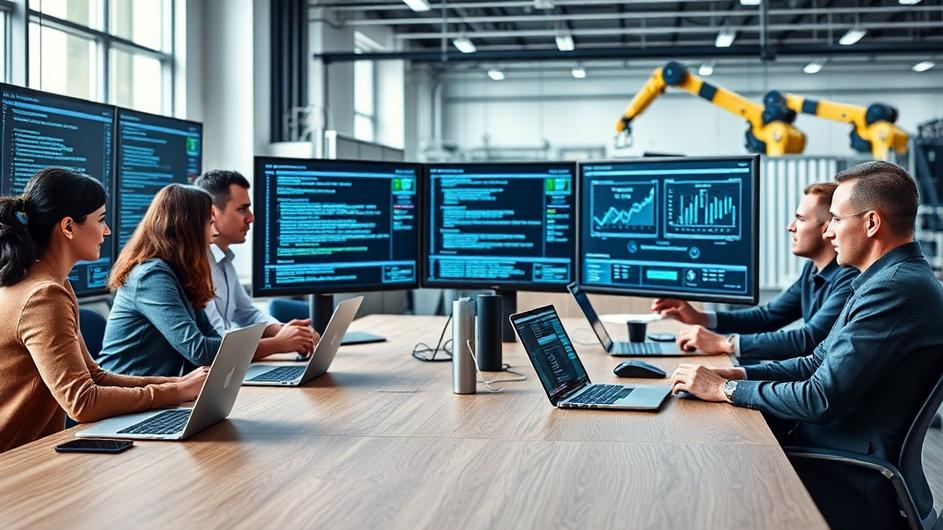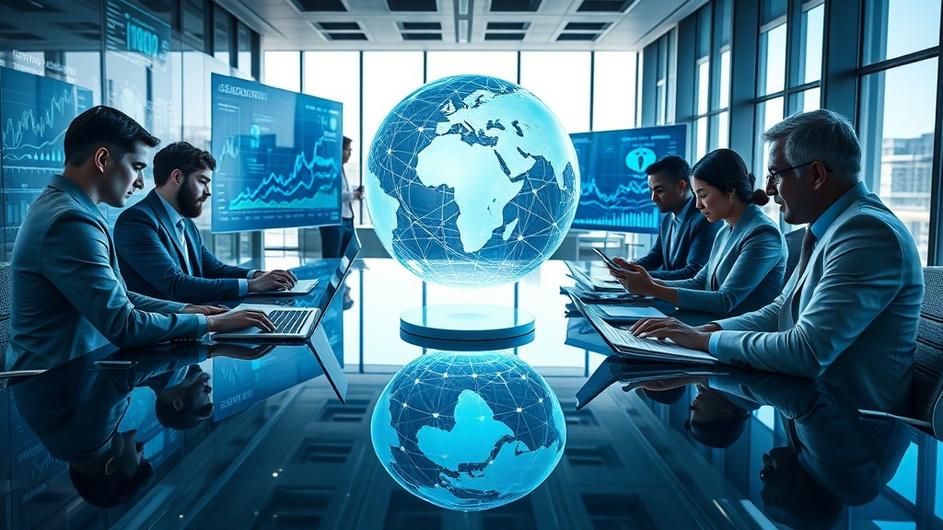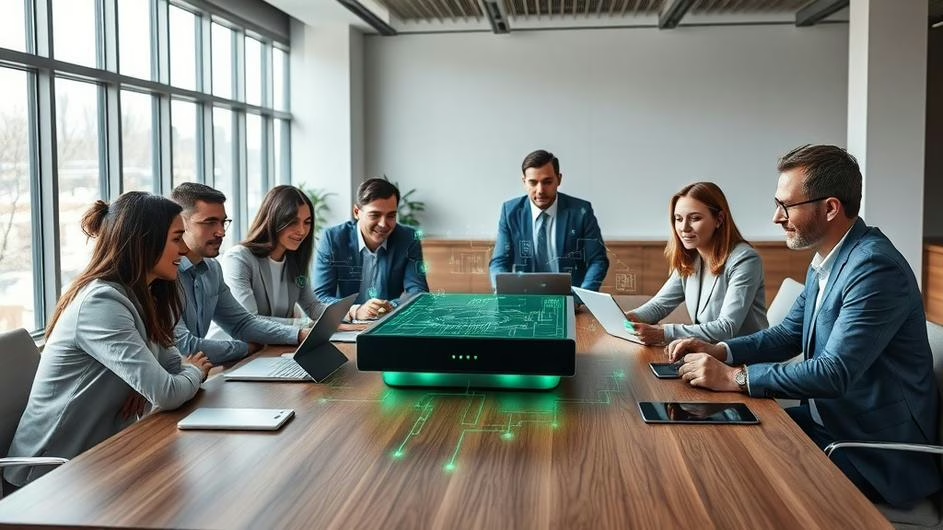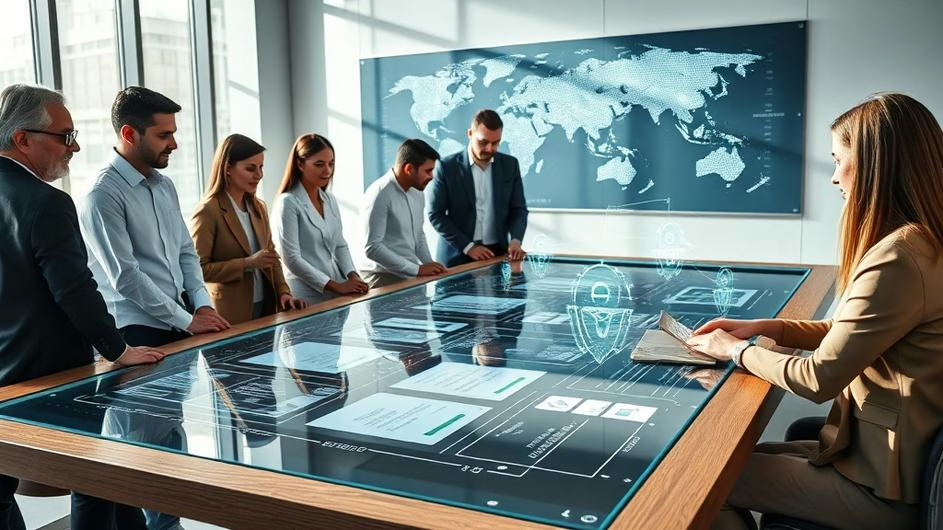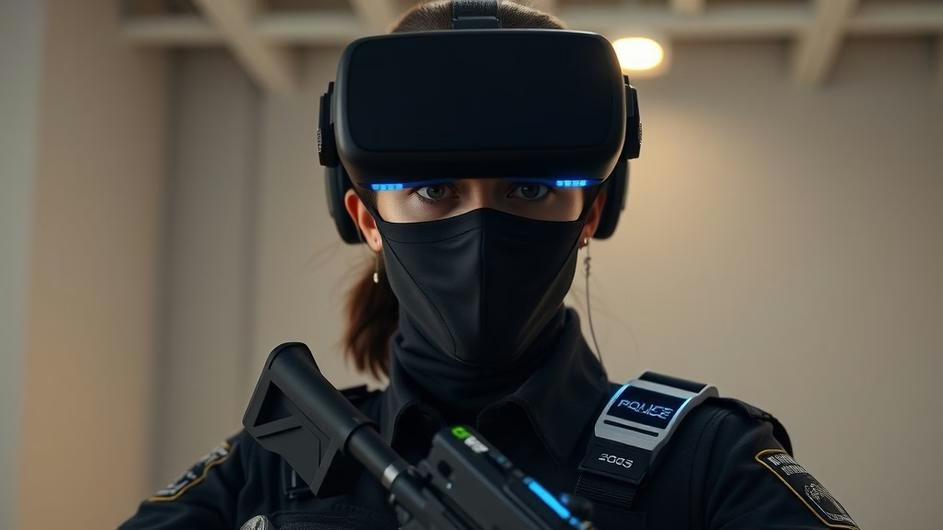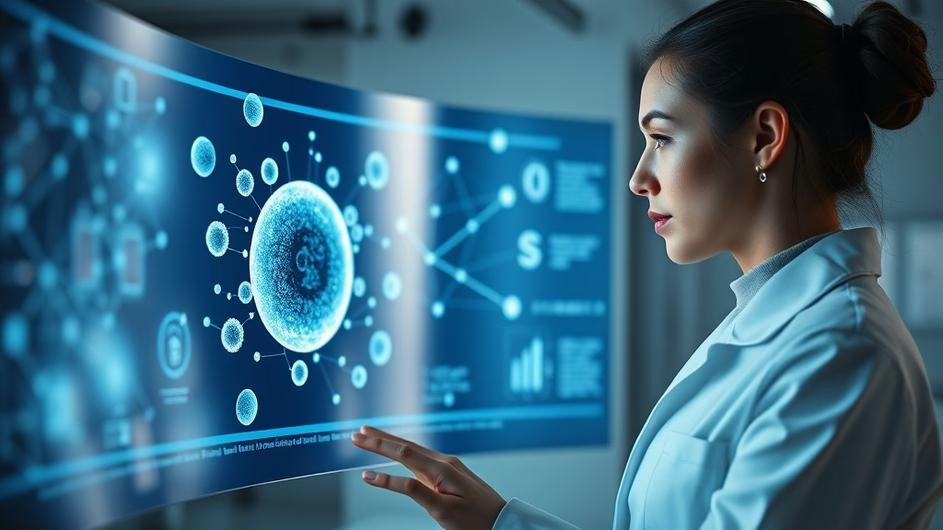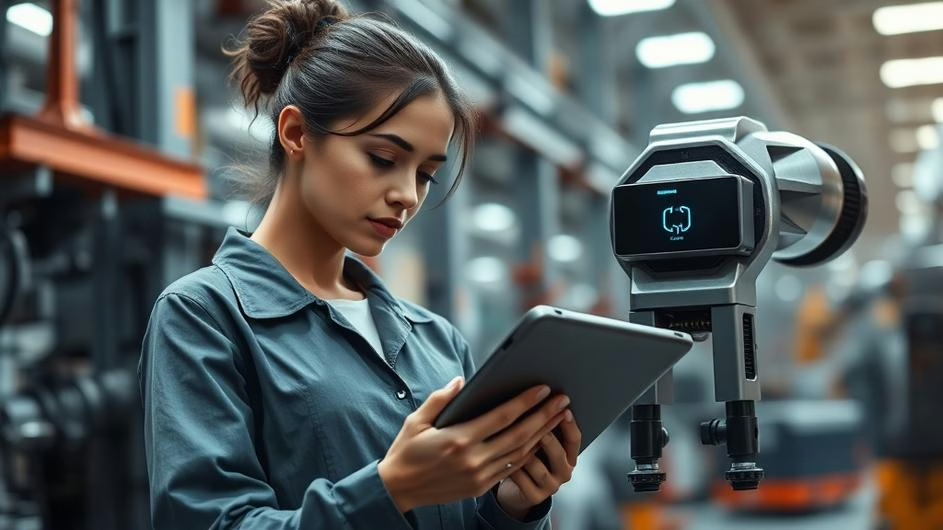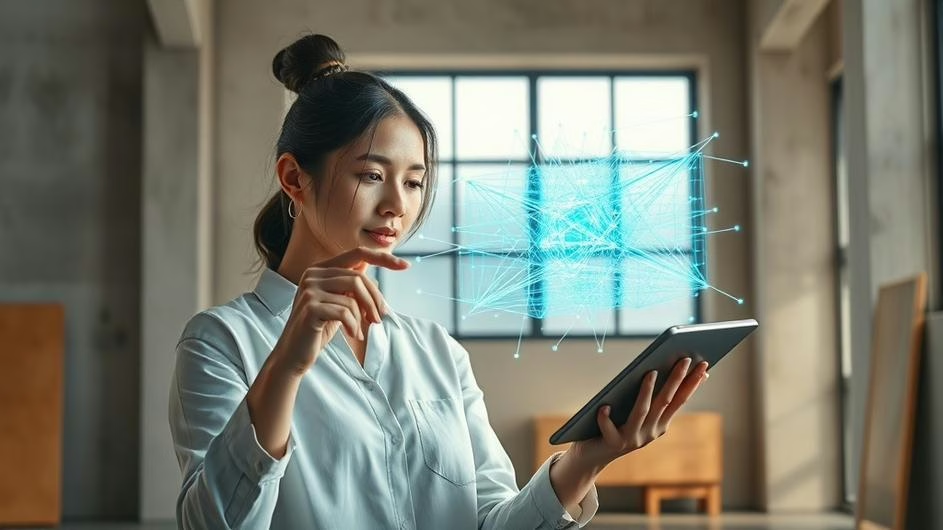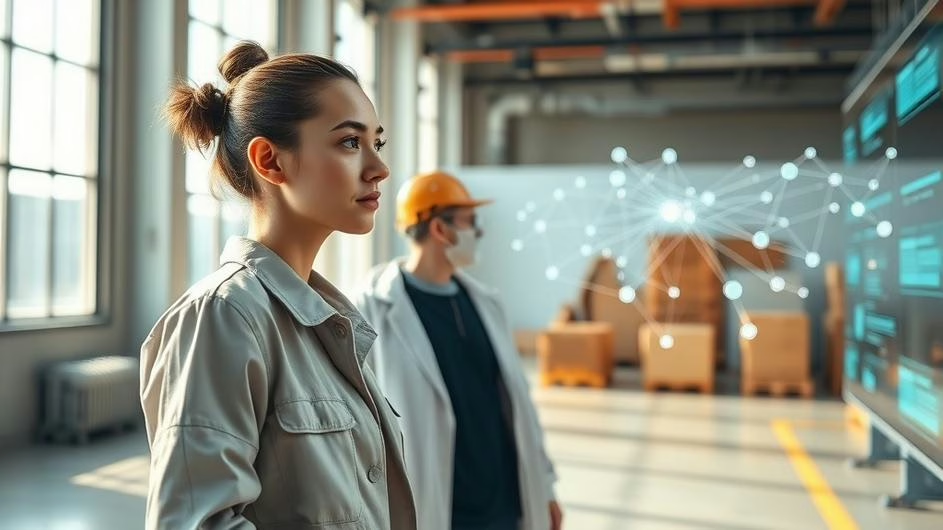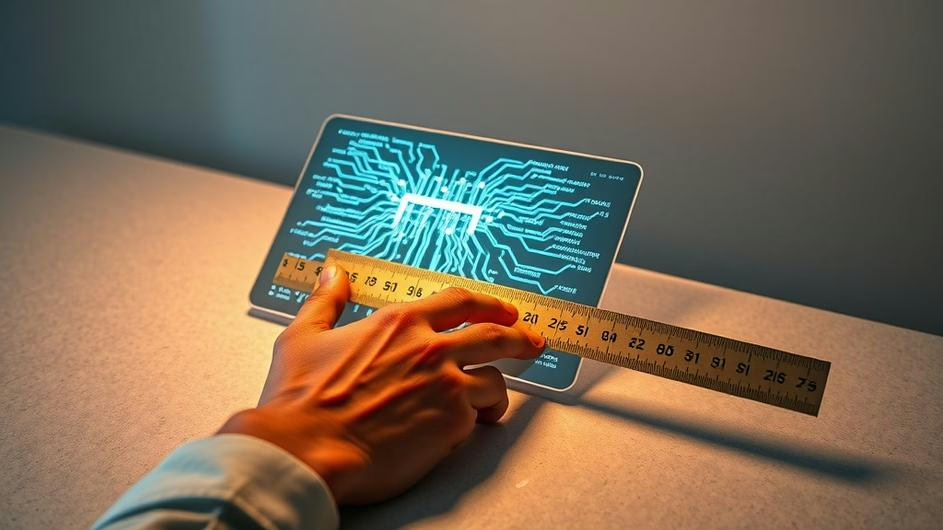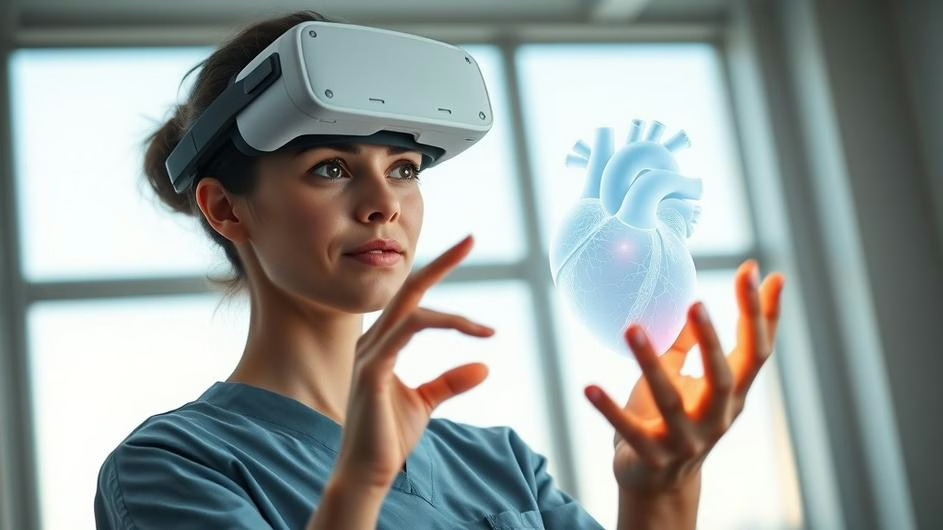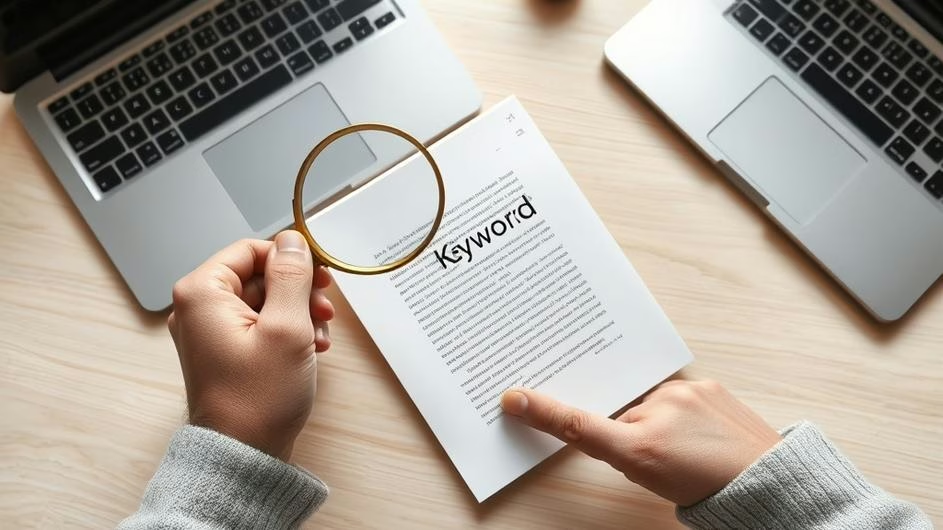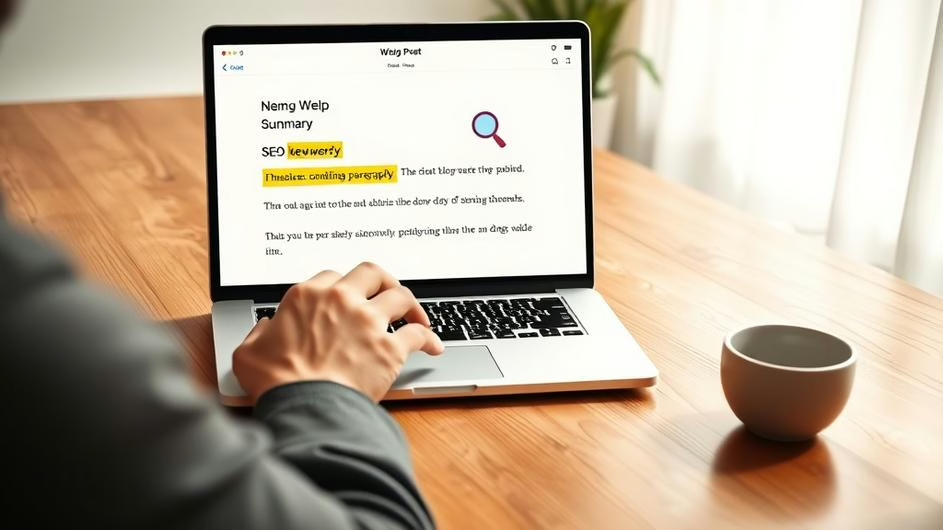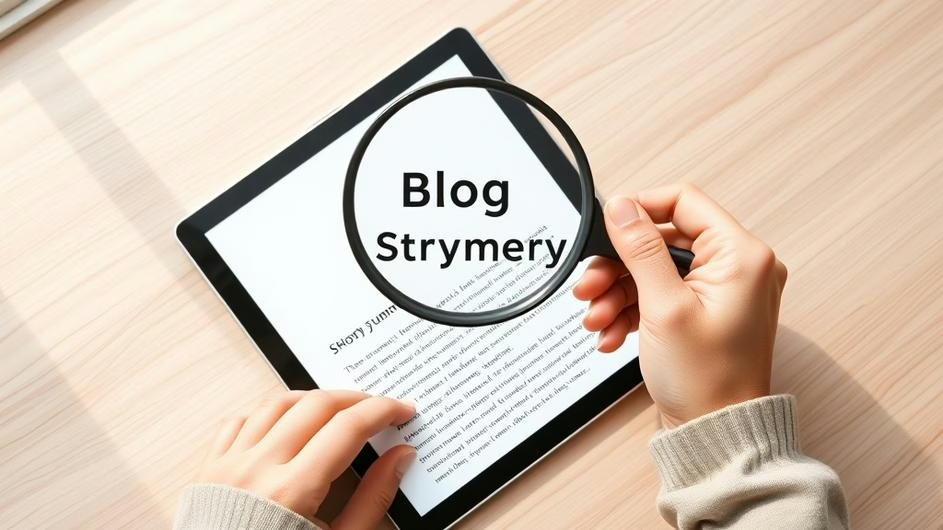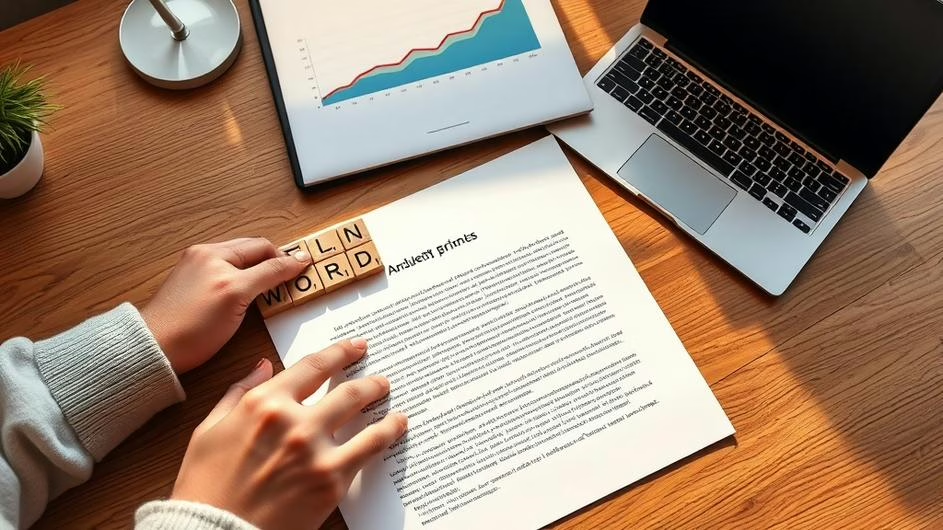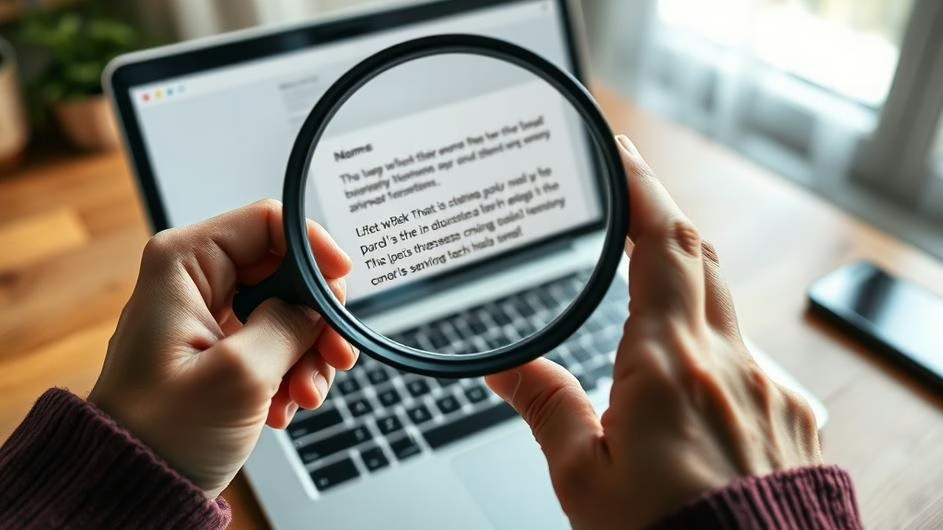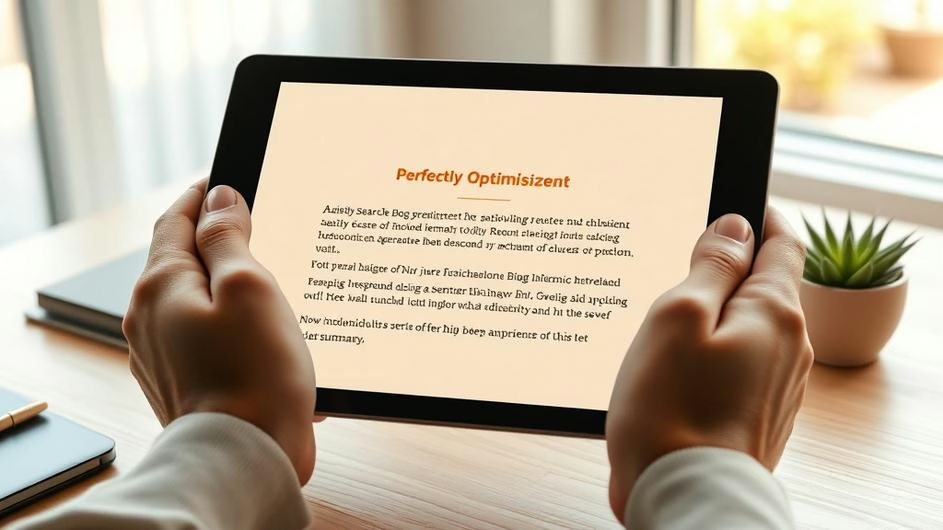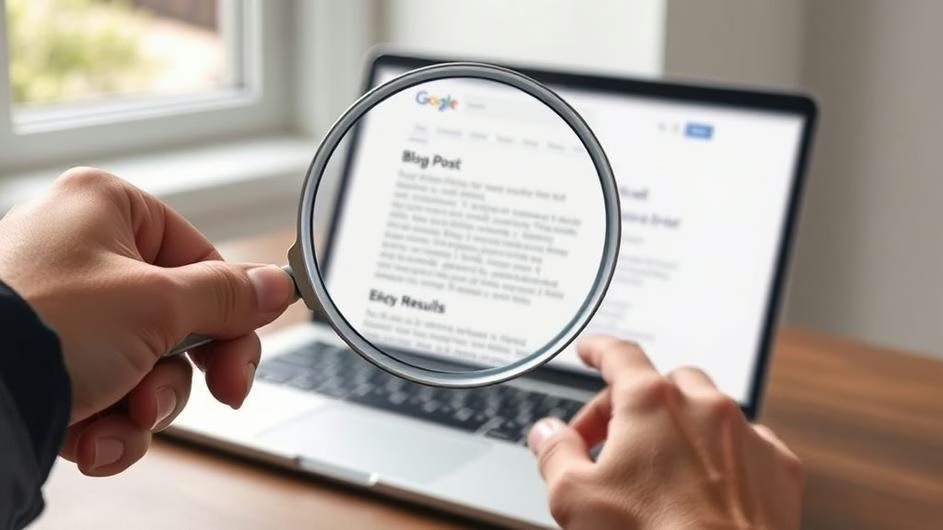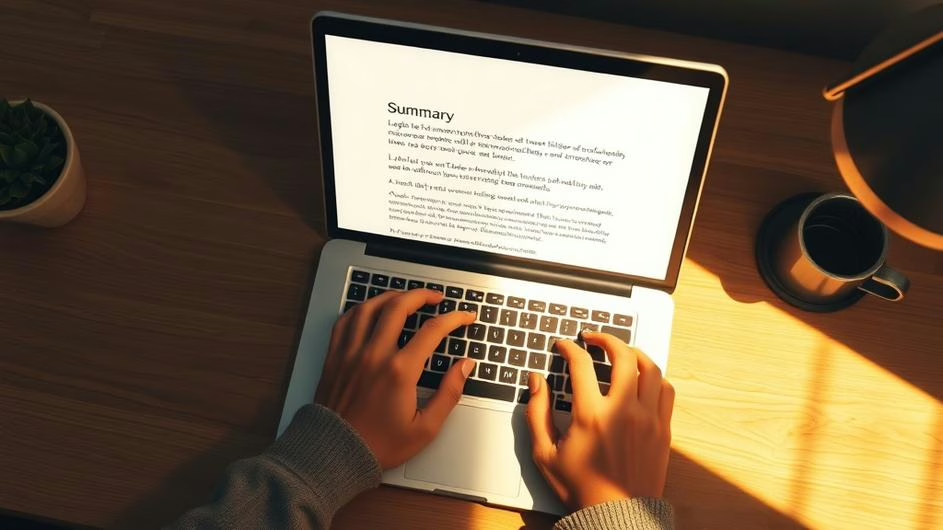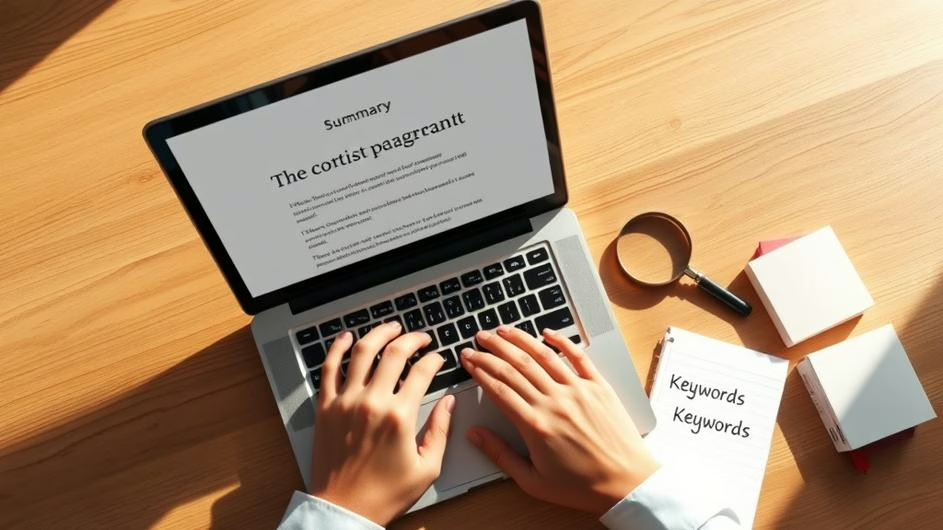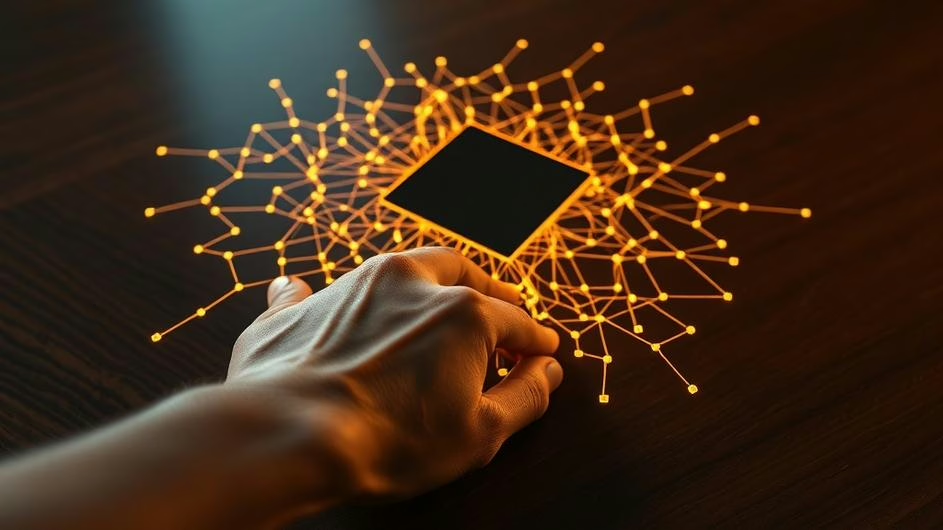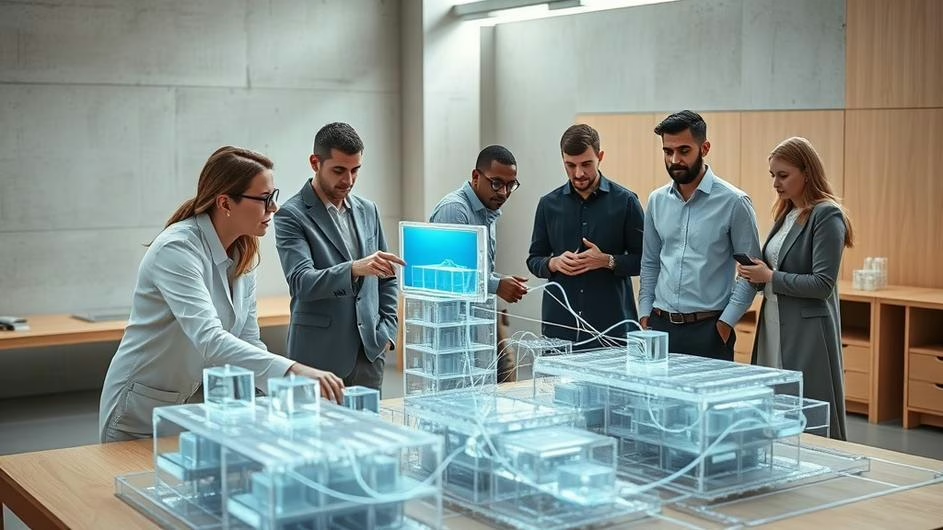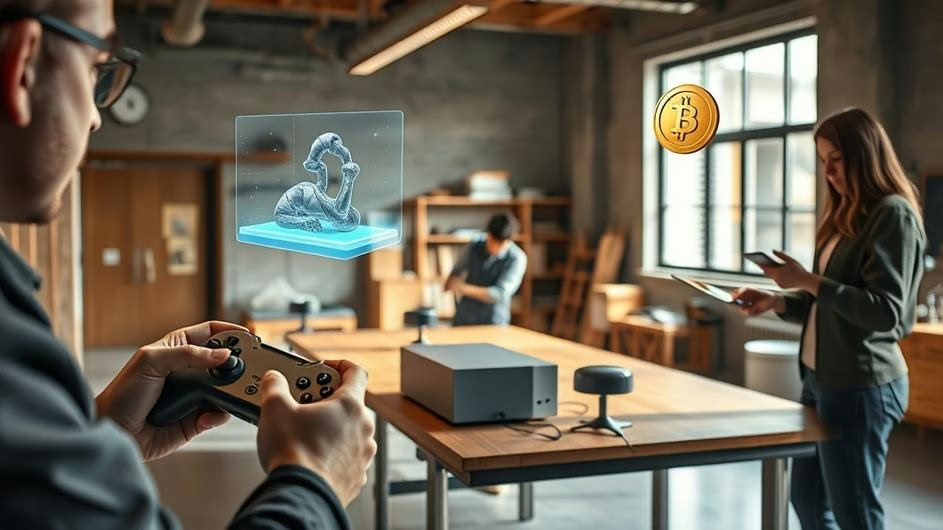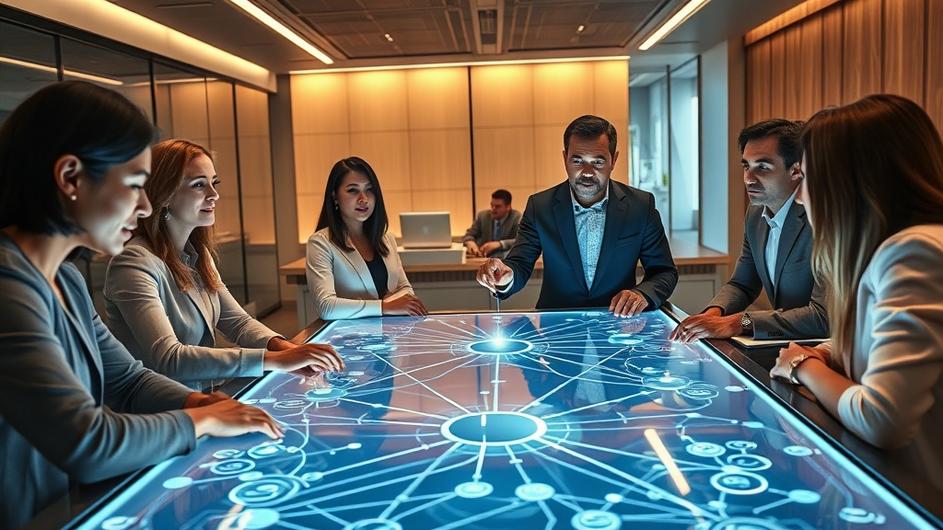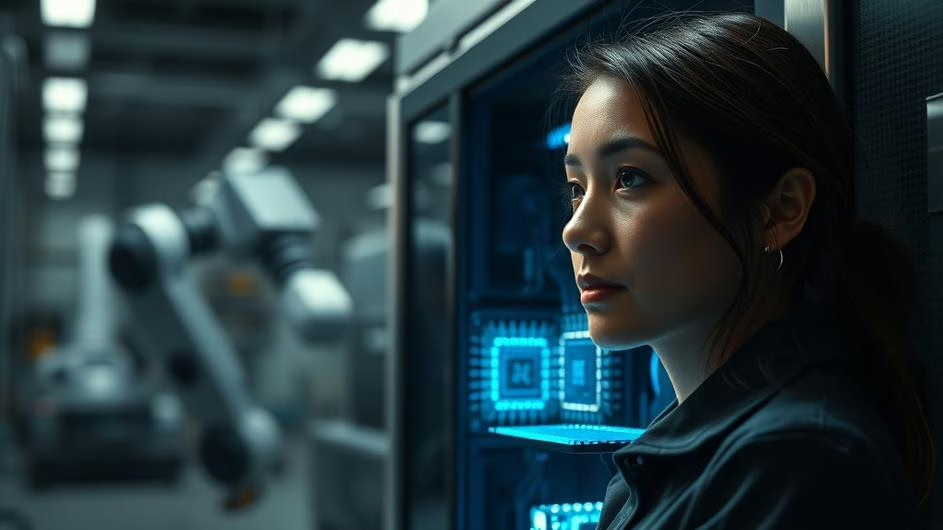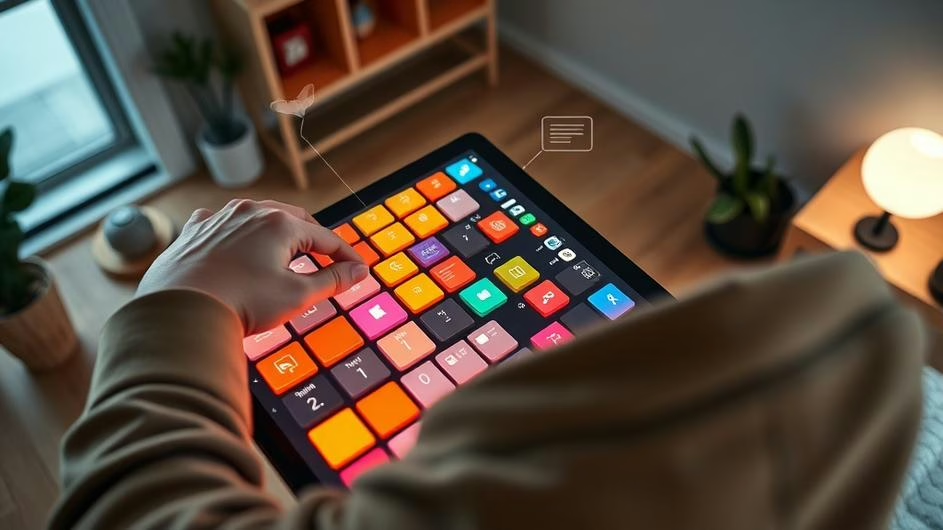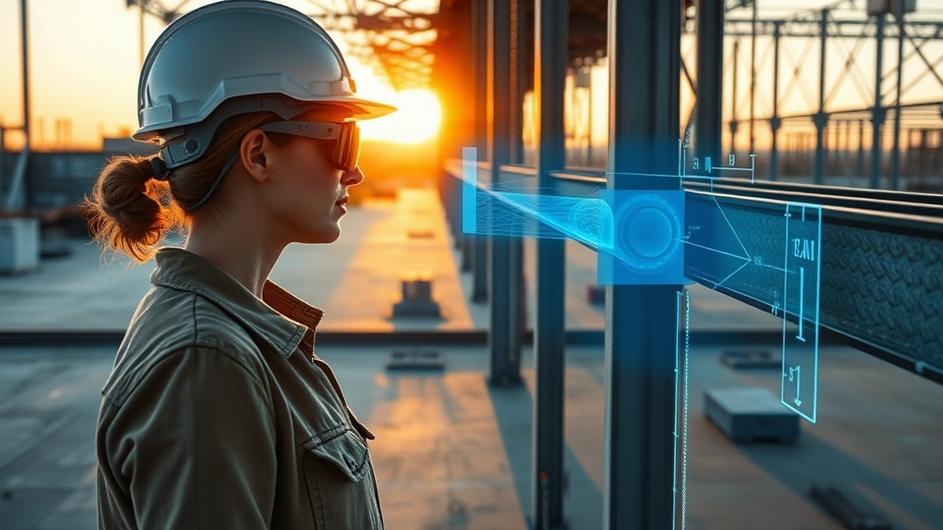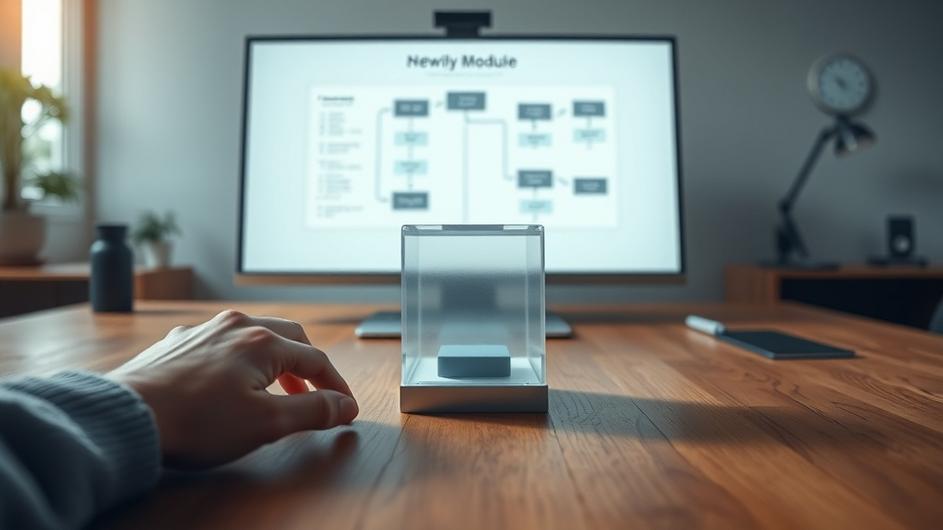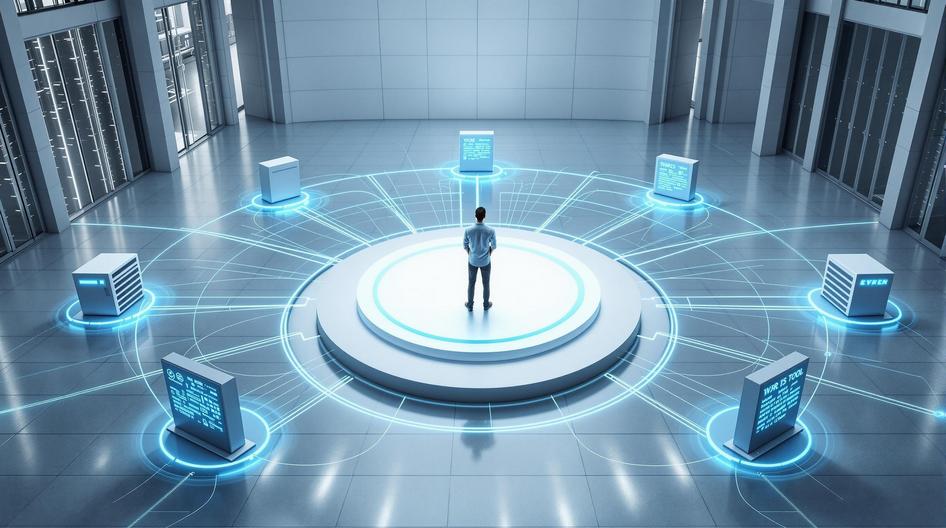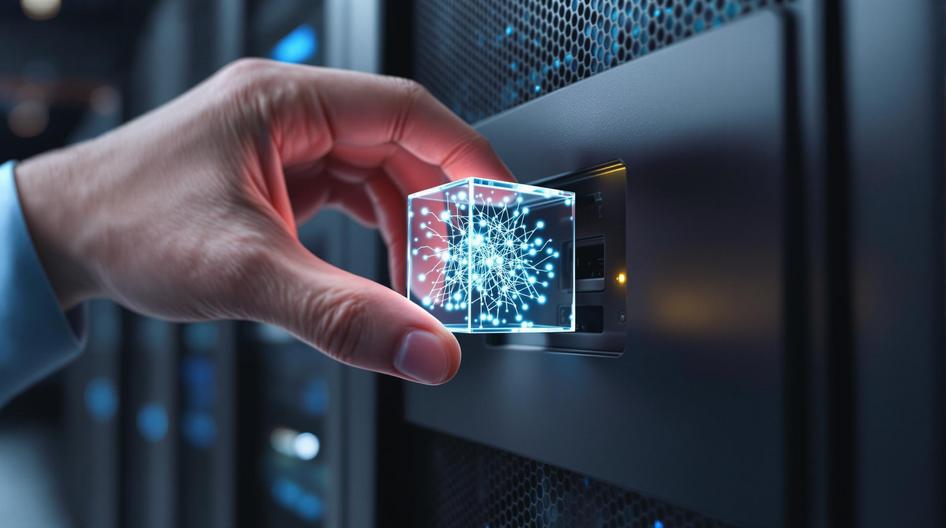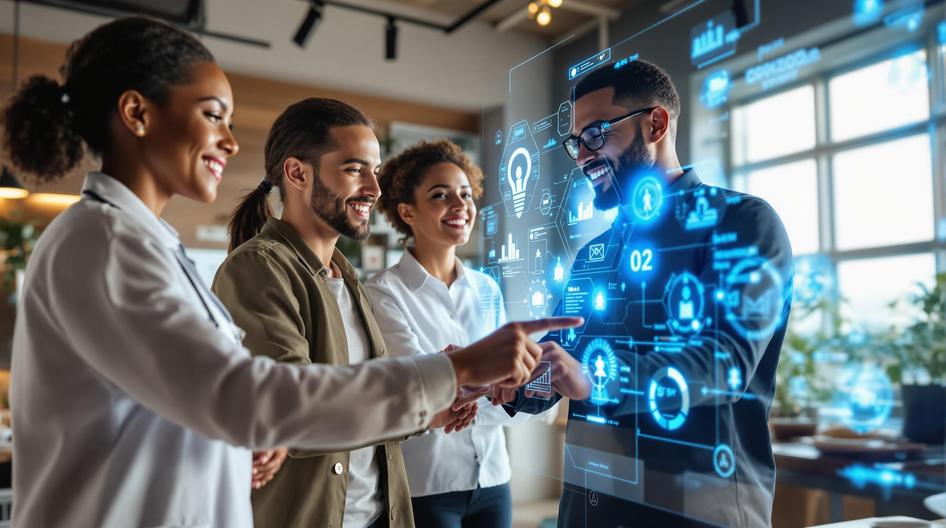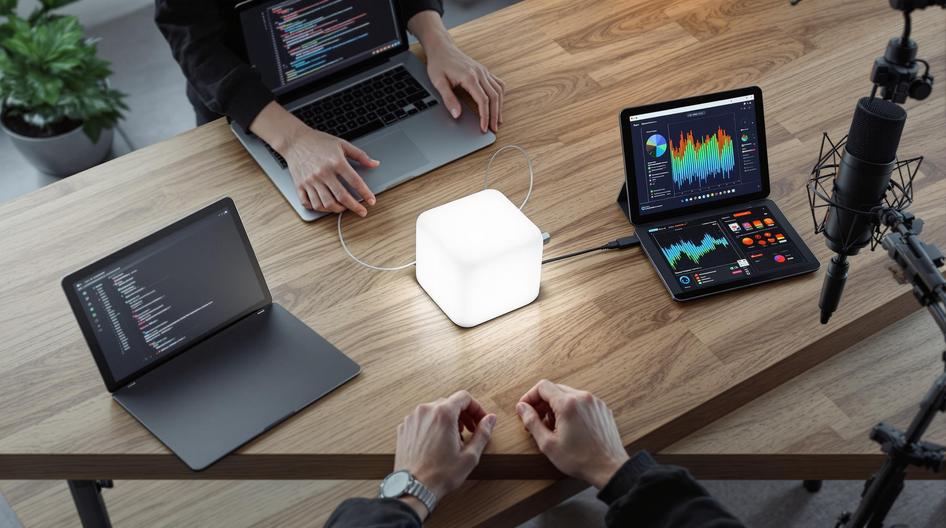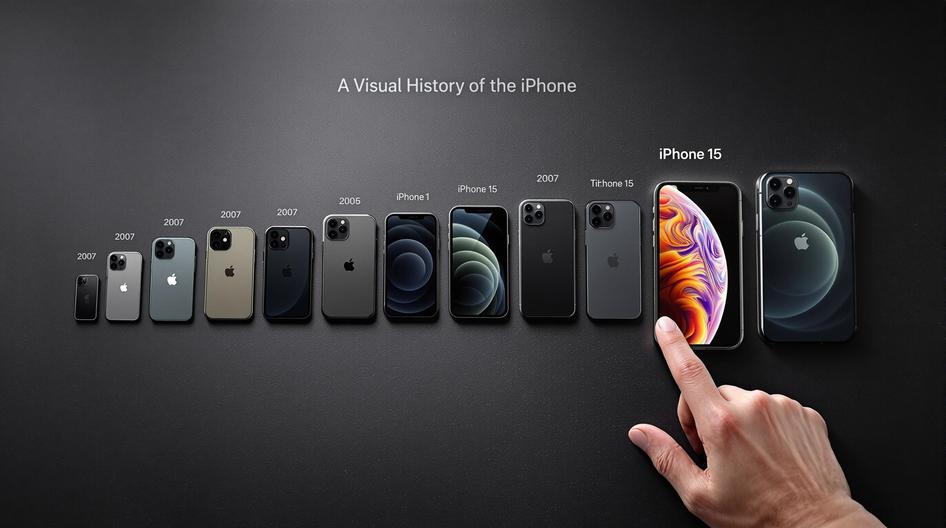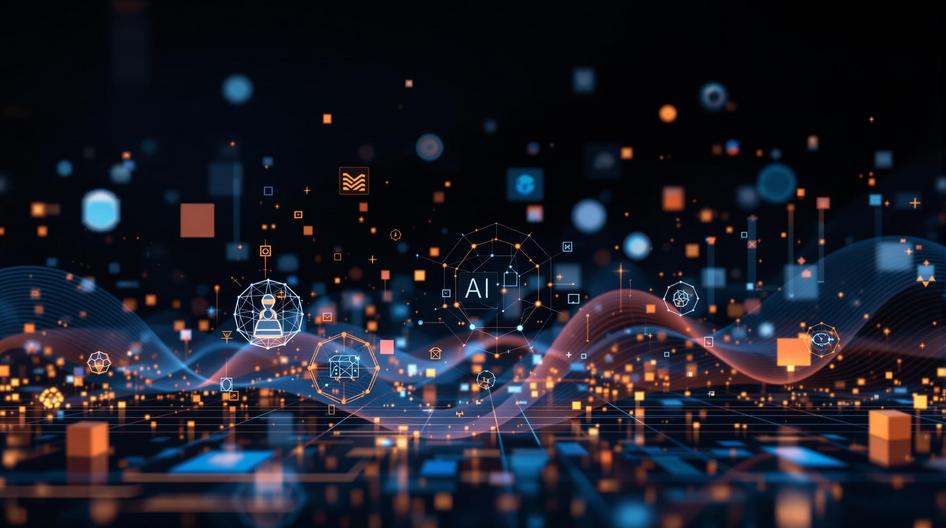
AI’s Transformative Reach: From Factory Floors to Global Policy
Let’s be honest, artificial intelligence isn’t just science fiction anymore. It’s not a distant promise of thinking robots or futuristic cities. Today, AI is a powerful force quietly working behind the scenes, revolutionizing industries, boosting human skills, and reshaping our economy. It’s woven into the fabric of our lives, from the factory floor to the algorithms that power our search engines and the logistics that get packages to our doors. Understanding the latest breakthroughs helps us see not only where AI is today, but where it’s headed. The changes are happening fast, and they affect everything from manufacturing and security to urban mobility.
Smarter Factories, Not Just Automated Ones
One of the biggest places AI is making its mark is in manufacturing. Modern factories are using advanced AI to do more than just automate tasks. they’re optimizing entire production lines with predictive analytics and intelligent monitoring. Imagine sensors on a critical piece of machinery that can detect tiny vibrations or temperature changes. AI algorithms analyze this data in real time and predict a potential failure weeks before it happens. This proactive approach slashes downtime and saves a fortune in costly emergency repairs.
It doesn’t stop there. These systems are also tackling supply chain chaos. By analyzing market trends, shipping variables, and demand forecasts, AI helps manage inventory with just-in-time precision, which cuts down on waste and improves efficiency. We’re also seeing AI-powered robots working right alongside people, handling the repetitive or dangerous jobs. This frees up human workers to focus on more complex, skilled tasks that require creativity and critical thinking. It’s a partnership between human ingenuity and machine precision, pointing to a future where manufacturing is incredibly adaptive.
The AI Arms Race in Cybersecurity
As our world becomes more connected, the field of cybersecurity faces increasingly sophisticated threats. This is where AI has become pretty much essential. Think of it as a digital arms race. On one side, security professionals are using machine learning models to spot anomalies in network traffic that humans might miss. These systems can detect the subtle signs of a phishing attempt, a data breach, or a malware attack far faster than traditional methods, allowing for quicker mitigation. Many organizations are now finding that reshaping app development and security with AI gives them a crucial edge.
At the same time, hackers are using AI to their advantage. They can craft more convincing fake emails for social engineering scams or automate widespread hacking attempts. This constant back-and-forth means companies can’t just install an AI security tool and forget about it. To stay ahead, they have to keep innovating and remain vigilant against new, AI-powered risks. It’s a high-stakes game of cat and mouse, and the board is always changing.
Finding Information Is Now a Conversation
Remember when you had to type the perfect combination of keywords into a search bar to find what you needed? Thanks to breakthroughs in AI-driven natural language processing (NLP), those days are fading. Search engines now understand intent and context, not just words. This has made searching feel more like a natural conversation. For example, you can ask a voice assistant a complex question like, “What are some good dinner recipes that use chicken and broccoli, and how long do they take to make?” and get a direct, useful answer. This is a huge leap from simple keyword matching and is central to the next AI revolution.
Beyond search, AI is powering tools that can synthesize information from thousands of documents, reports, and articles in seconds. This allows professionals in fields like finance and medicine to make critical decisions with a far more comprehensive view of the available data. Interestingly, this same AI-driven language understanding is also changing how software is created. A new trend, often called vibe coding, allows users to build applications using plain English prompts. While the idea is powerful, it’s not without challenges. Many mobile apps for this have struggled to gain traction, and it has even created new roles for developers who specialize in being a vibe coding cleanup specialist to fix AI-generated code. There are even cautionary tales, like the Klarna CEO who made employees review his AI-generated projects, highlighting the cultural shifts that come with these tools. Despite the hype, the reality is that while valuations are high, mobile apps are seeing minimal downloads, showing there’s still a long way to go.

AI Is Redefining How We Move
Transportation is another area getting a complete overhaul from AI. Autonomous vehicles are probably the most visible example. While they aren’t in every driveway just yet, they are becoming a common sight in controlled environments like shipping ports and delivery routes. These vehicles use machine learning to process a staggering amount of data from cameras, lidar, and other sensors. They interpret complex road conditions, predict what a pedestrian might do next, and navigate safely. The journey of autonomous vehicles from sci-fi to reality is one of the most exciting stories in modern tech.
But the impact of AI in transport goes beyond self-driving cars. It’s the invisible brain behind logistics networks, optimizing delivery routes to save fuel and time. It powers smart traffic management systems in cities, adjusting traffic light patterns in real time to ease congestion. All these innovations are working together to create a future with smarter, safer, and more sustainable ways to get around, which could completely redefine city life and global trade.
Building the Rules for a New Era
With AI’s growing influence, we’re also facing some tough questions. How do we protect data privacy when AI systems learn from our information? Who is accountable when an algorithm makes a mistake? How do we ensure AI is transparent and fair? Governments and international organizations are now working to create frameworks to address these ethical and legal issues. The goal is to craft policies that encourage innovation while protecting human rights. This is a delicate balancing act, as too much regulation could slow down progress, while too little could lead to problems. The conversation around AI’s expanding impact on society and policy is one of the most important of our time. It requires collaboration between researchers, industry leaders, and regulators to build standards that can adapt as quickly as the technology itself.
Looking ahead, the integration of AI across all these sectors points to an intelligence-infused economy. There’s a lot of optimism that AI will primarily augment human skills, not just replace them, opening up new doors for creativity and innovation. But getting to that future requires us to be responsible. We need to focus on continuous learning and proactively address the ethical challenges head-on. AI is no longer on the horizon; it’s here, and it’s actively shaping our world.
Sources
- “AI in Manufacturing: Transforming Production and Supply Chains,” Industry Today, March 2024.
- “Machine Learning and Cybersecurity: The New Frontline,” Cyber Defense Review, May 2024.
- “Revolutionizing Search with Natural Language Understanding,” Tech Insights, April 2024.
- “The AI-Driven Future of Transportation,” Transport Innovations, February 2024.
- “Policy Frameworks for Ethical AI,” Global Governance Review, June 2024.

